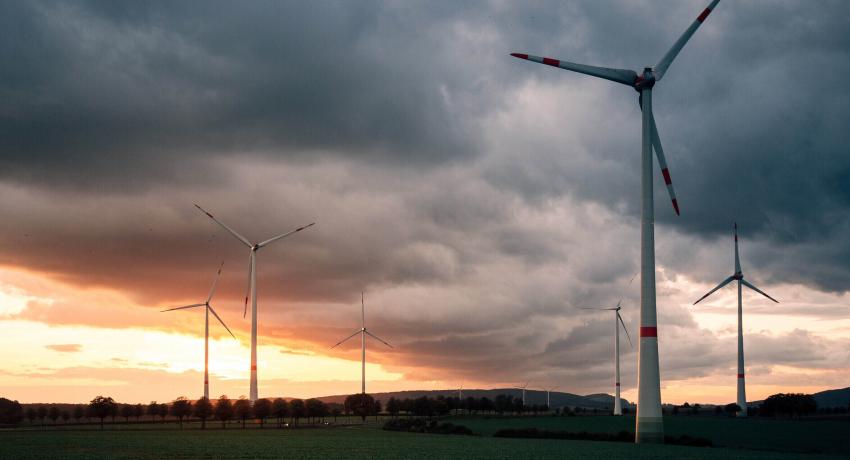When subseasonal and seasonal forecasts show skill and prove accurate, they can potentially help increase the earnings of the energy companies using them, as research by the S2S4E project shows.
Subseasonal and seasonal forecasting is still at an early stage, but scientists working to improve these forecasts have made substantial progress over the past decade. Such forecasts are now able to predict the evolution of some large-scale extreme weather events several weeks in advance, and to show whether the upcoming season is likely to be drier or wetter, or hotter or colder, than normal.
Weather conditions are a key factor in the formation of wholesale electricity prices, as both renewable power production and electricity demand are weather-dependent. Predicting the weather thus plays a key role in electricity price forecasting.
Having information about how hot, cold, wet, dry, or windy the upcoming weeks and months are expected to be can be critical for estimating how high or low electricity demand is likely to be and how much electricity is likely to be generated by wind turbines, solar panels, and hydropower plants.
Very little wind or solar power is generated when the wind does not blow or the sun does not shine, and hydropower production drops in periods with little rain and low snow-melting. Electricity demand, meanwhile, increases both when it gets so cold that people start turning on their electric heaters to stay warm and when it gets so hot that they turn on their air conditioners to cool down.
When subseasonal and seasonal forecasts are skilful and accurate, they can help energy companies improve their trading strategy by giving them early information about the weather conditions that are likely to occur over the coming weeks and months. This in turn can lead to better economic outcomes for the companies using these forecasts.
Read more about how the energy industry can benefit from using subseasonal and seasonal forecasts in our new fact sheet.
Written by: Iselin Rønningsbakk / CICERO Center for International Climate Research. Photo by Joern Siegroth / Getty Images.


